Tucked away in the heart of Asia and nestled amongst the highest peaks in the world, Tibet is a destination of unparalleled beauty and cultural richness. Known as the 'Roof of the World', this mystical land boasts a stunning array of breathtaking landscapes, from snow-capped mountain peaks and crystalline alpine lakes to vast, arid plateaus and lush river valleys. More than just its geographical wonders, Tibet is home to a vibrant and spiritual culture that has been meticulously preserved over centuries, making it a compelling destination for those intrigued by history, religion, and indigenous cultures.
When planning a trip to Tibet, timing is as crucial as the destination itself. The region's high-altitude climate means that the weather can vary significantly throughout the year, with each season offering a unique set of experiences and visual treats. Selecting the right time for your visit can greatly impact your travel plans, from the activities you can enjoy, the festivals you may witness, to the landscapes that greet you. Whether you're aiming to conquer the grueling trek to Mount Everest Base Camp, to immerse yourself in local festivals, or to bask in the serene beauty of the Tibetan landscape, understanding the seasonal nuances of Tibet is key to making your visit a memorable one.
Tibet's High-Altitude Climate
Tibet's climate is uniquely characterized by its high altitude, which sets it apart from most other destinations. This trans-Himalayan region is located on a plateau at an average altitude of about 4,500 meters (14,764 feet) above sea level, making it the highest region on earth. The lofty altitude contributes to thin, dry air, lower oxygen levels, and strong ultraviolet (UV) radiation. Moreover, due to the topographic variation, the climate can differ drastically across different areas within Tibet. For instance, while the northern part is marked by an arid, cold desert climate, the southern regions, shielded by the Himalayas, experience a milder, more temperate climate.
Seasons in Tibet
1. Spring (March to May): Spring in Tibet is characterized by crisp, clear days and cold nights. The weather is generally dry, making it a good time for outdoor activities like trekking. The average temperature during spring varies between 5°C to 15°C.
2. Summer (June to August): This is the monsoon season in Tibet. Despite being the rainiest season, the showers often come in the form of light evening rains, leaving the days reasonably warm and sunny. The average temperature can go up to 20°C, but temperatures can drop sharply at night. The landscape becomes exceptionally green and lively during this period.
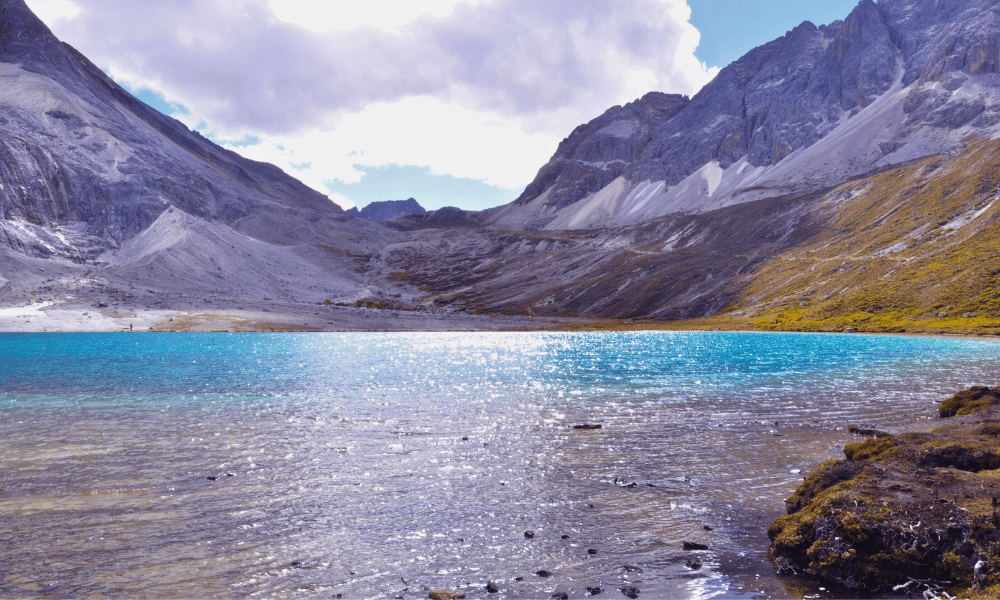
3. Autumn (September to November): Autumn is perhaps the most visually stunning season in Tibet, marked by clear blue skies and comfortable temperatures ranging between 7°C to 17°C. The autumn foliage paints the plateau in brilliant hues, offering breathtaking scenery.
4. Winter (December to February): Winter in Tibet is extremely cold, especially in the northern regions. Daytime temperatures can hover around 2°C, while at night, temperatures can plunge well below freezing. Despite the cold, the region receives plenty of sunshine and has relatively fewer tourists, making it ideal for those who prefer a peaceful travel experience.
Keep in mind, the weather conditions in Tibet can change quickly due to the high altitude, and sudden drops in temperature are not uncommon, even in the warmer seasons. Always be prepared with layers of clothing, regardless of the season you choose for your visit.
Best Time to Visit: Seasons Breakdown
Spring (March to May): Spring is a season of rejuvenation in Tibet, as the landscape shakes off its winter slumber and transitions from stark white to vibrant hues of green. The weather is generally stable with clear skies, chilly winds, and temperatures averaging between 5°C to 15°C. It's a great time for outdoor activities such as trekking and sightseeing, as the tourist crowd is relatively low during these months. One of the key events that occur in the spring is the Saga Dawa Festival, a significant religious event that honors the birth, enlightenment, and passing of Buddha. The festival transforms Tibet into a spiritual hub filled with prayer ceremonies, ritualistic performances, and vibrant processions.

Summer (June to August): Summer in Tibet is warm and relatively wet due to the monsoon, but the rain often falls in the late afternoon or evening, leaving the daytime warm and sunny. This is when Tibet's landscape truly flourishes, with verdant valleys, blooming flowers, and gushing rivers offering spectacular views. With temperatures ranging from 15°C to 25°C, it's the peak tourist season. One of the most anticipated events during this period is the Shoton Festival, a week-long celebration marked by grand opera performances, vibrant thangka (Tibetan Buddhist painting) displays, and yak racing.
Autumn (September to November): Autumn in Tibet is another popular time to visit. The season offers clear blue skies, comfortable temperatures, and significantly less rainfall. The average temperature ranges between 7°C and 17°C. The changing foliage offers a brilliant spectacle of reds, oranges, and yellows across the plateau. This is also the time for the Bathing Festival, when Tibetans traditionally bathe in rivers to cleanse themselves. The tourist crowd starts to dwindle during this season, making it an ideal time for those who prefer quieter travel experiences.
Winter (December to February): Winter in Tibet is indeed cold, with temperatures often dropping below freezing, particularly at night. However, there's a unique charm to this season. The snow-covered landscapes under clear, sunny skies present a majestic view that's sure to take your breath away. While it's not the peak travel season due to the cold, winter does offer a more peaceful travel experience with fewer tourists. This season also ushers in the Tibetan New Year, Losar, which is marked by colorful decorations, traditional music and dance, and a plethora of local delicacies. However, travelers should note that due to heavy snowfall, certain trekking routes and mountain passes may be closed during this time.
Month-by-Month Analysis
1. January: January is typically the coldest month, with average temperatures around -2°C. While the tourist crowds are low, the stark beauty of snow-covered landscapes can be quite alluring. Fewer tourists mean you can experience the serenity of Tibet without the usual hustle.

2. February: Cold weather persists in February, but as the month progresses, temperatures start to rise slightly. This month also sees the Tibetan New Year (Losar), a colorful and festive event. If you can brave the cold, you'll experience a Tibet not many get to see.
3. March: The arrival of spring in March brings a warming trend, though nights can still be quite cold. The landscape begins to bloom, and the tourist season slowly starts, making it a suitable time for those seeking less crowded tourist spots.
4. April: April offers a more comfortable climate, with clear, sunny days perfect for outdoor activities like trekking. The Saga Dawa Festival, a significant event on the Tibetan Buddhist calendar, often begins in late April.
5. May: May is one of the best months to visit Tibet, with mild and dry weather. The Saga Dawa Festival continues into May, offering a unique cultural experience.
6. June: The start of summer in June brings warmer temperatures, around 20°C, and also the start of the rainy season. It's a great time to visit if you want to see lush, green landscapes and enjoy the outdoor activities Tibet offers.
7. July: July sees the peak of the rainy season, with showers mostly in the afternoon or evenings. Despite the rain, it's one of the busiest tourist months. The verdant landscapes and warm temperatures make for excellent travel conditions.

8. August: August continues to be warm and rainy. The Shoton Festival, one of Tibet's grandest celebrations featuring Tibetan opera and yak racing, typically occurs in late August.
9. September: Autumn begins in September, bringing less rain, cooler temperatures, and clear blue skies. The changing foliage starts to paint the landscape in beautiful hues.
10. October: October is one of the best months to visit Tibet, with the autumn colors at their peak. The temperatures begin to drop, but the weather is still pleasant for outdoor activities.
11. November: November marks the start of winter, with a significant drop in temperatures. The tourist crowds begin to thin out, offering a more peaceful travel experience. However, some trekking routes may begin to close due to snowfall.
12. December: December is typically the coldest month, and many high-altitude areas become inaccessible due to snow. But it's an excellent time to experience a quieter, serene Tibet, and to participate in local winter traditions.
Remember, the weather in Tibet can be unpredictable, so it's always best to prepare for sudden changes, regardless of the month of your visit.
Factors to Consider When Choosing the Best Time to Visit Tibet
Weather: The weather in Tibet can greatly impact your travel plans and activities. For outdoor enthusiasts, the milder weather of spring and autumn are ideal for trekking and sightseeing, with clearer skies and less rainfall. During the monsoon season of summer, though the landscape is lush and beautiful, the rain might disrupt outdoor activities. In contrast, winter offers serene, snow-covered landscapes, but the cold can make travel challenging, particularly in high-altitude areas where roads might be closed due to snow.
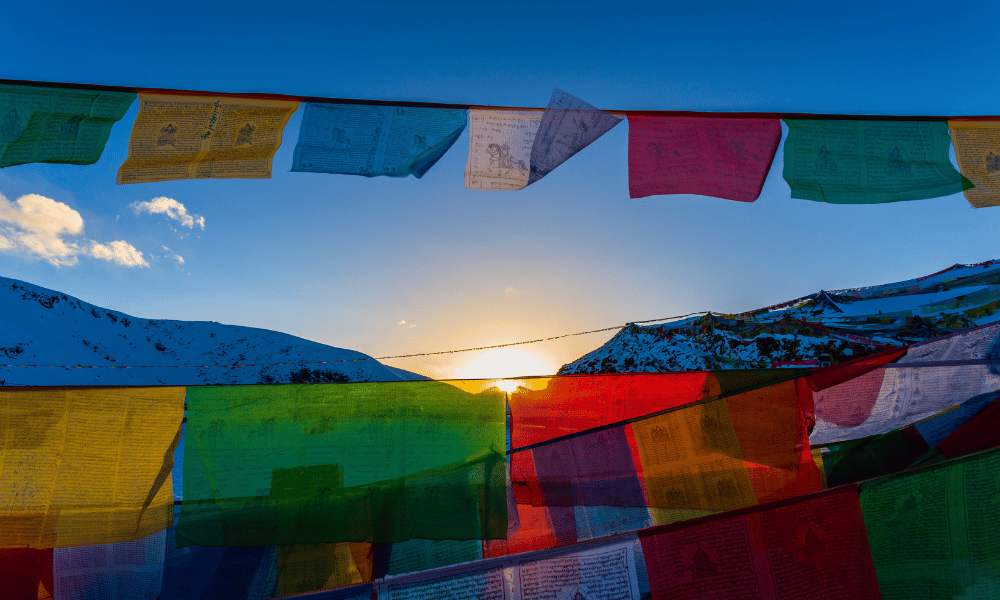
Festivals: Festivals are at the heart of Tibetan culture, providing a fascinating glimpse into local customs and traditions. If your aim is to immerse yourself in Tibetan culture, plan your visit to coincide with major events like the Saga Dawa Festival in spring, the Shoton Festival in summer, or Losar (Tibetan New Year) in winter. However, keep in mind that these festival periods also tend to attract more tourists, which can lead to crowded venues and higher prices.
Costs and Availability: The costs of visiting Tibet can fluctuate based on the season. During the peak tourist season in summer, you can expect higher prices for accommodation, airfare, and other travel-related expenses due to increased demand. On the other hand, traveling during the off-peak seasons of spring and winter may provide cost-saving opportunities, as many hotels offer discounted rates, and flights can also be cheaper. However, availability might be limited in certain areas during winter due to harsh weather conditions.
Altitude Sickness: Given its high-altitude location, traveling to Tibet carries a risk of altitude sickness, a condition that can occur when the body doesn't have enough time to adjust to the decreased oxygen levels at high elevations. Symptoms include headaches, dizziness, and shortness of breath. It is generally recommended to spend a few days acclimatizing in Lhasa before heading to higher altitudes. The risk of altitude sickness can be higher in the colder months of winter when the air is thinner, so if you're susceptible to this condition, visiting during the warmer months when the air is denser might be a safer option.
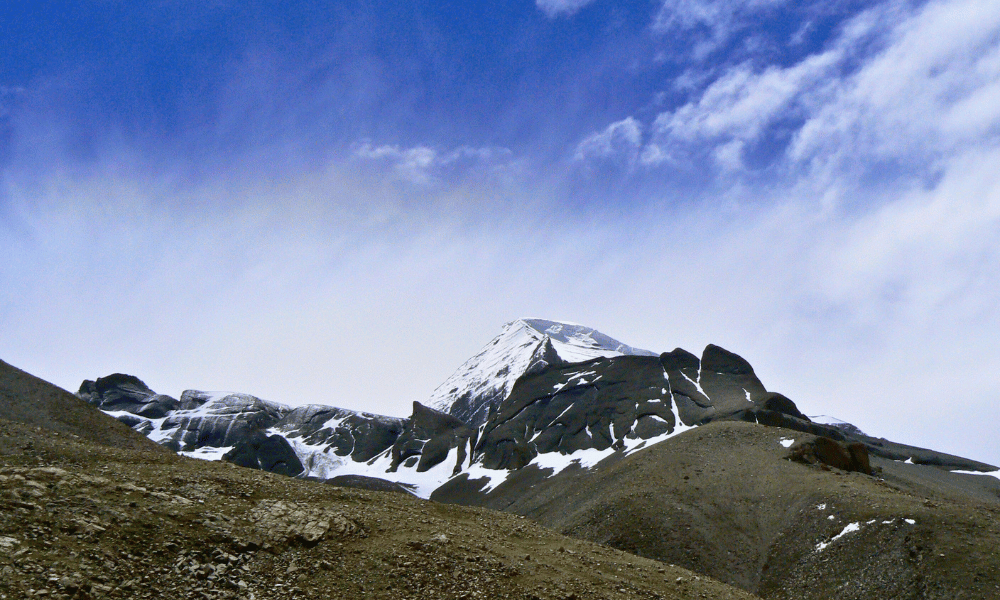
When choosing the best time to visit Tibet, it's essential to consider these factors and weigh them against your preferences and travel goals. This will ensure you have the most enjoyable and enriching experience in this unique destination.
Conclusion
Planning a trip to Tibet can be both exciting and overwhelming, considering its varied climate, rich cultural traditions, and unique geographical location. The choice of the best time to visit largely depends on individual preferences and interests. Whether it's the rejuvenating spring, lush monsoons, vibrant autumn, or serene winter, each season unveils a distinct facet of Tibet's beauty.
From understanding the nuances of Tibet's high-altitude climate and seasonality to a detailed month-by-month breakdown, this guide provides insights that will assist you in making an informed decision. We've delved into the critical factors that influence travel plans, including the weather conditions, cultural festivals, travel costs, accommodation availability, and health considerations like altitude sickness.
Moreover, we addressed some frequently asked questions, providing you with practical information on visa requirements, dealing with altitude sickness, must-visit places, travel routes, local cuisine, and appropriate clothing.
Yet, it's important to remember that irrespective of the season, Tibet promises a rich and fulfilling experience. Its spectacular landscapes, ancient monasteries, vibrant festivals, and the warmth of its people make for an unforgettable journey. So whenever you choose to visit, rest assured that the 'Roof of the World' will welcome you with experiences that will etch in your memory forever.
As you embark on this journey, we hope that every moment in Tibet leaves you inspired, and every experience brings you closer to understanding its distinct culture, history, and people. Here's to your amazing adventure in Tibet!




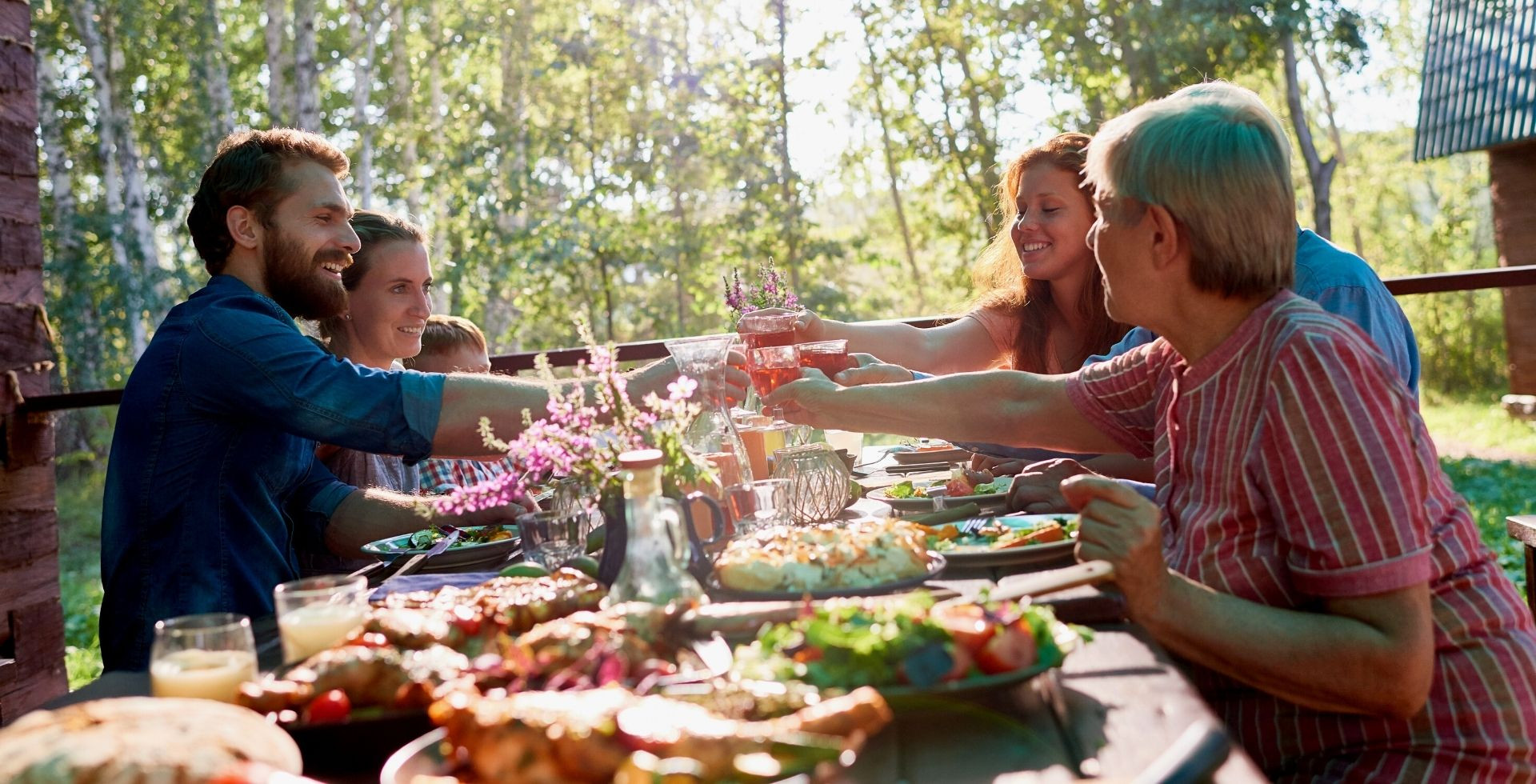
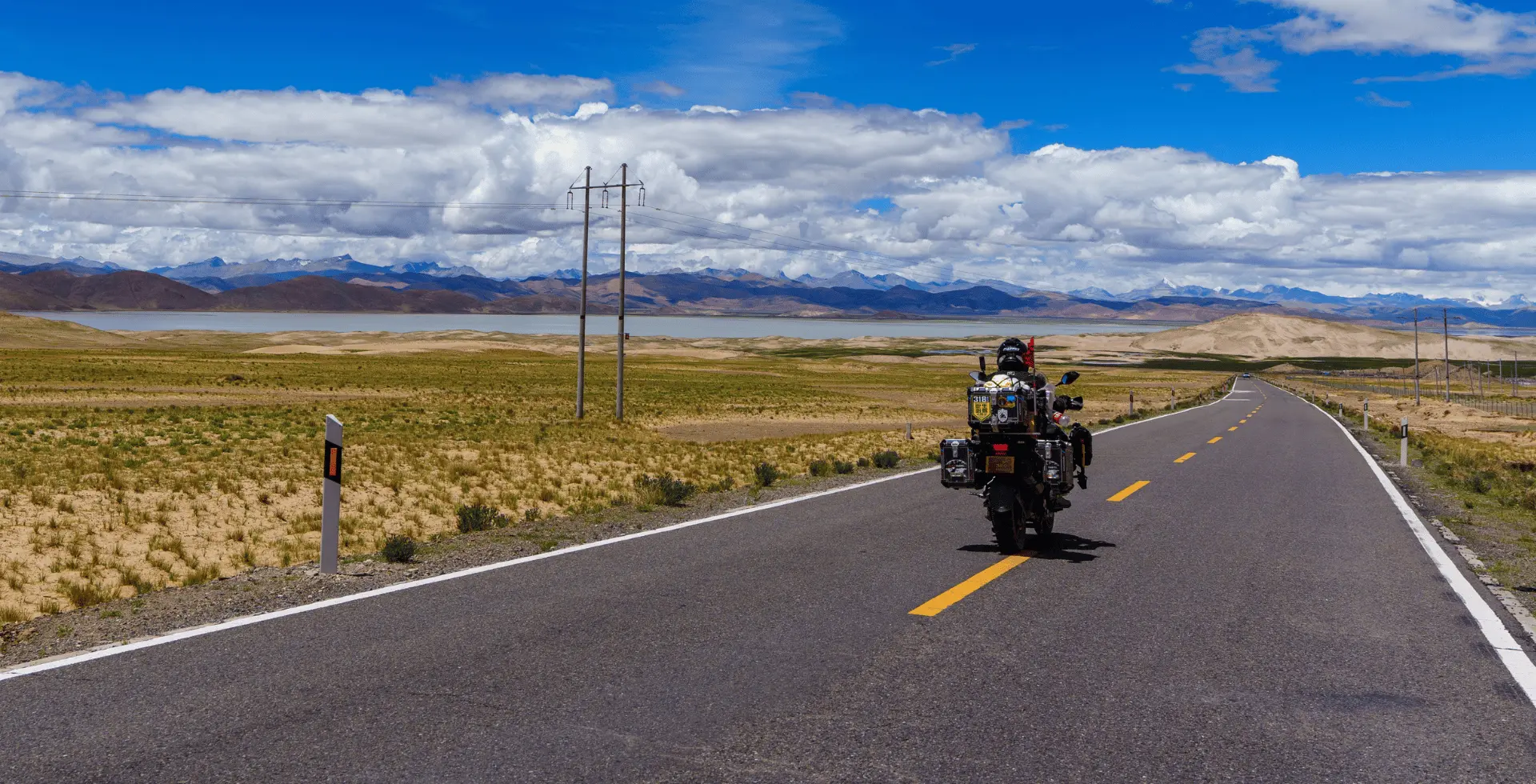
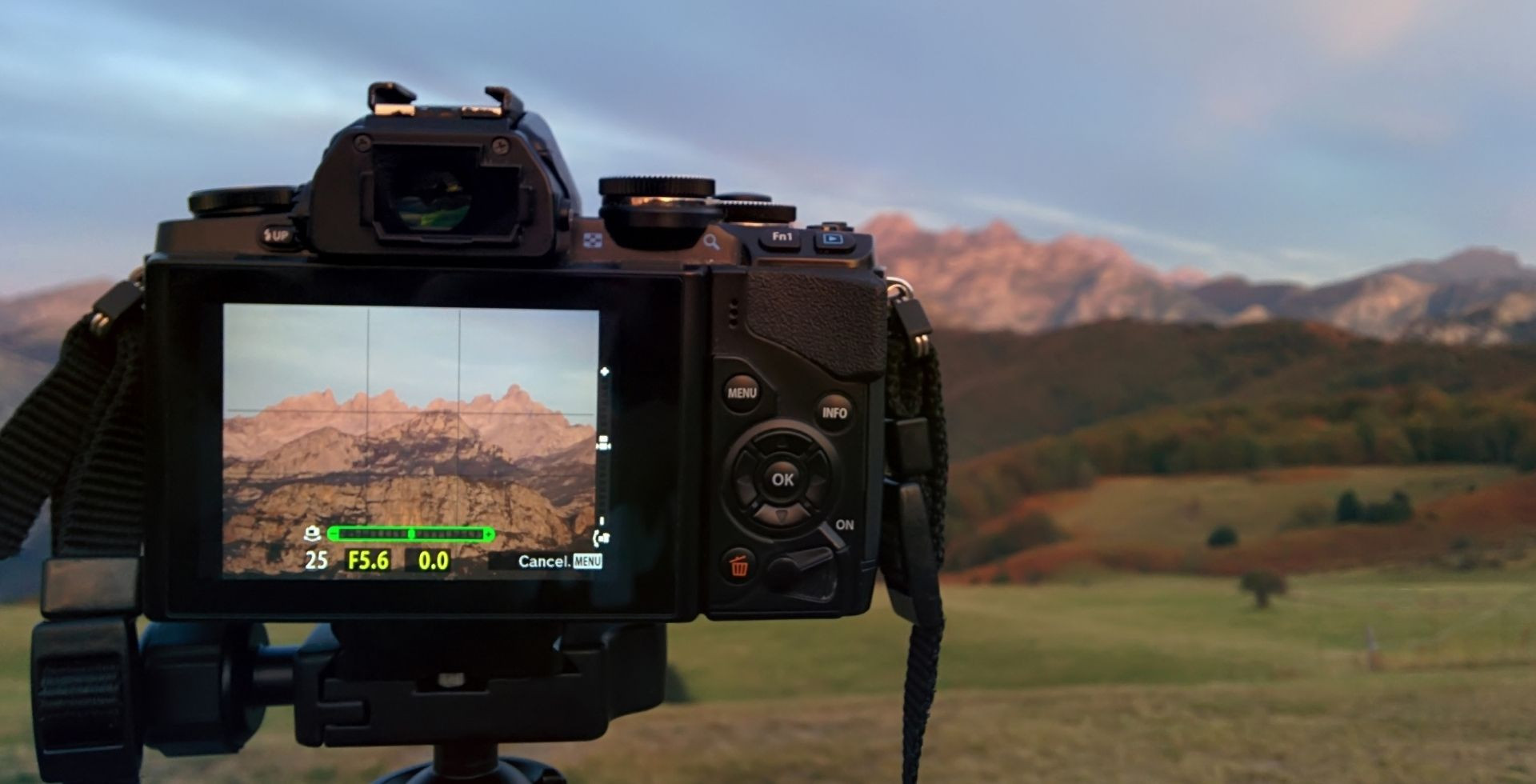
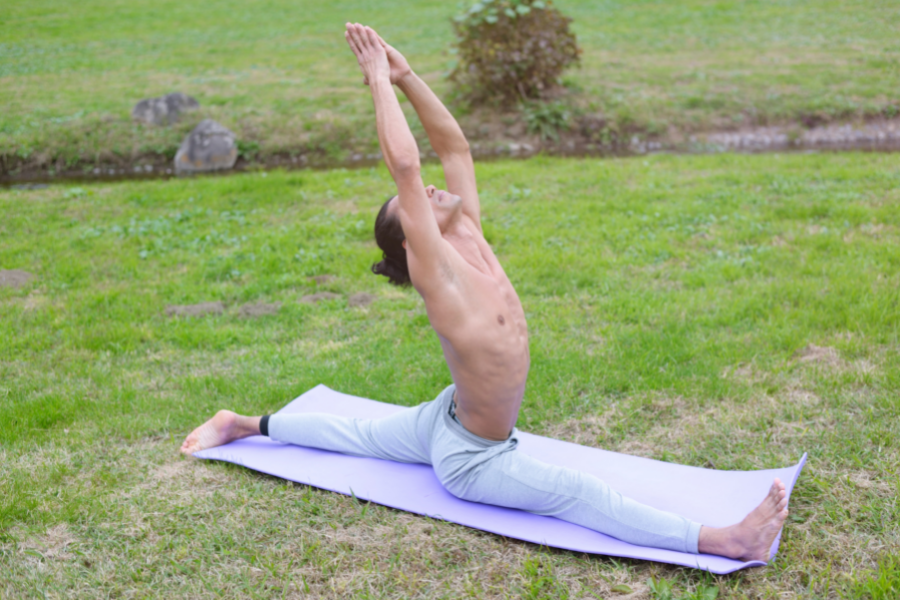
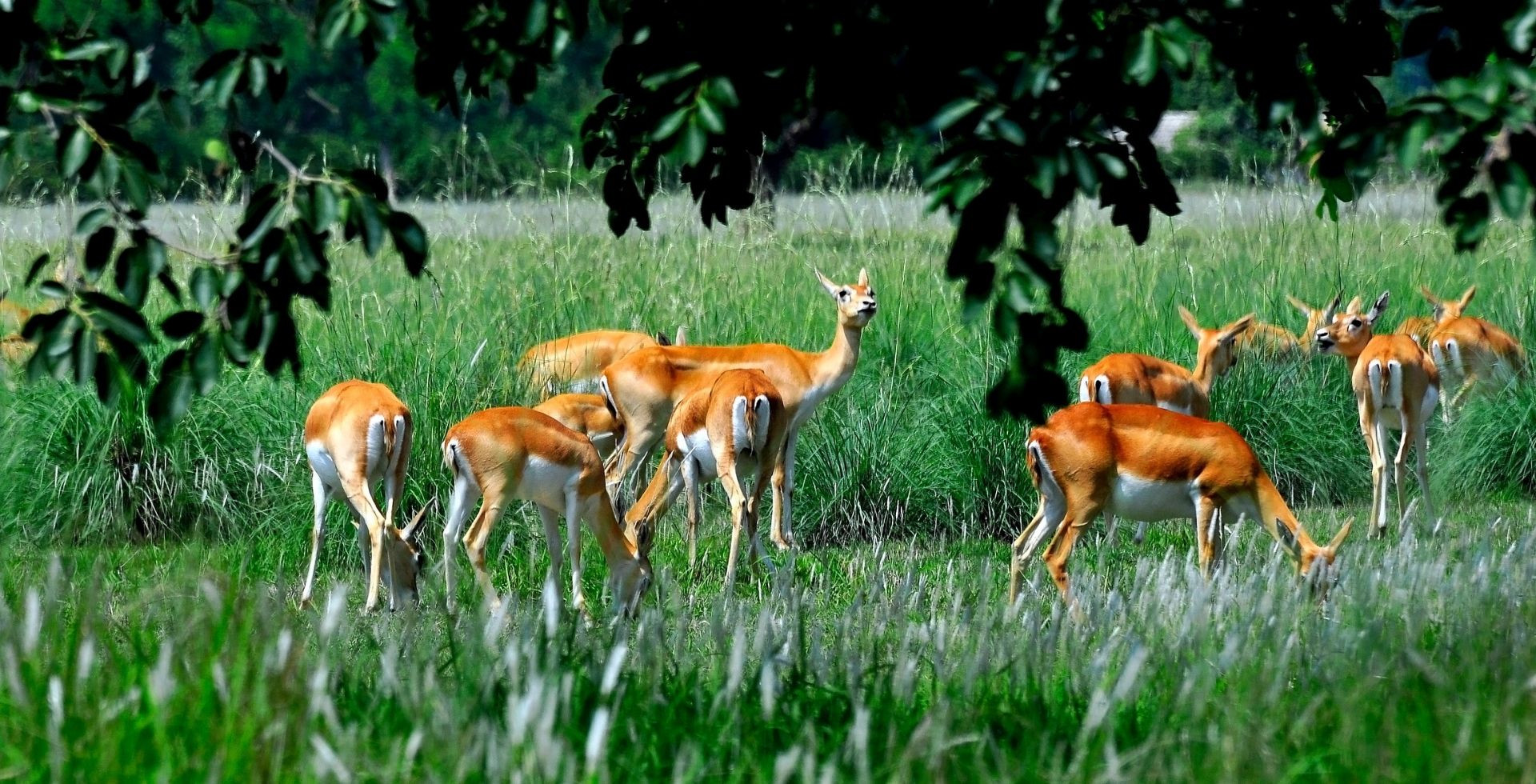
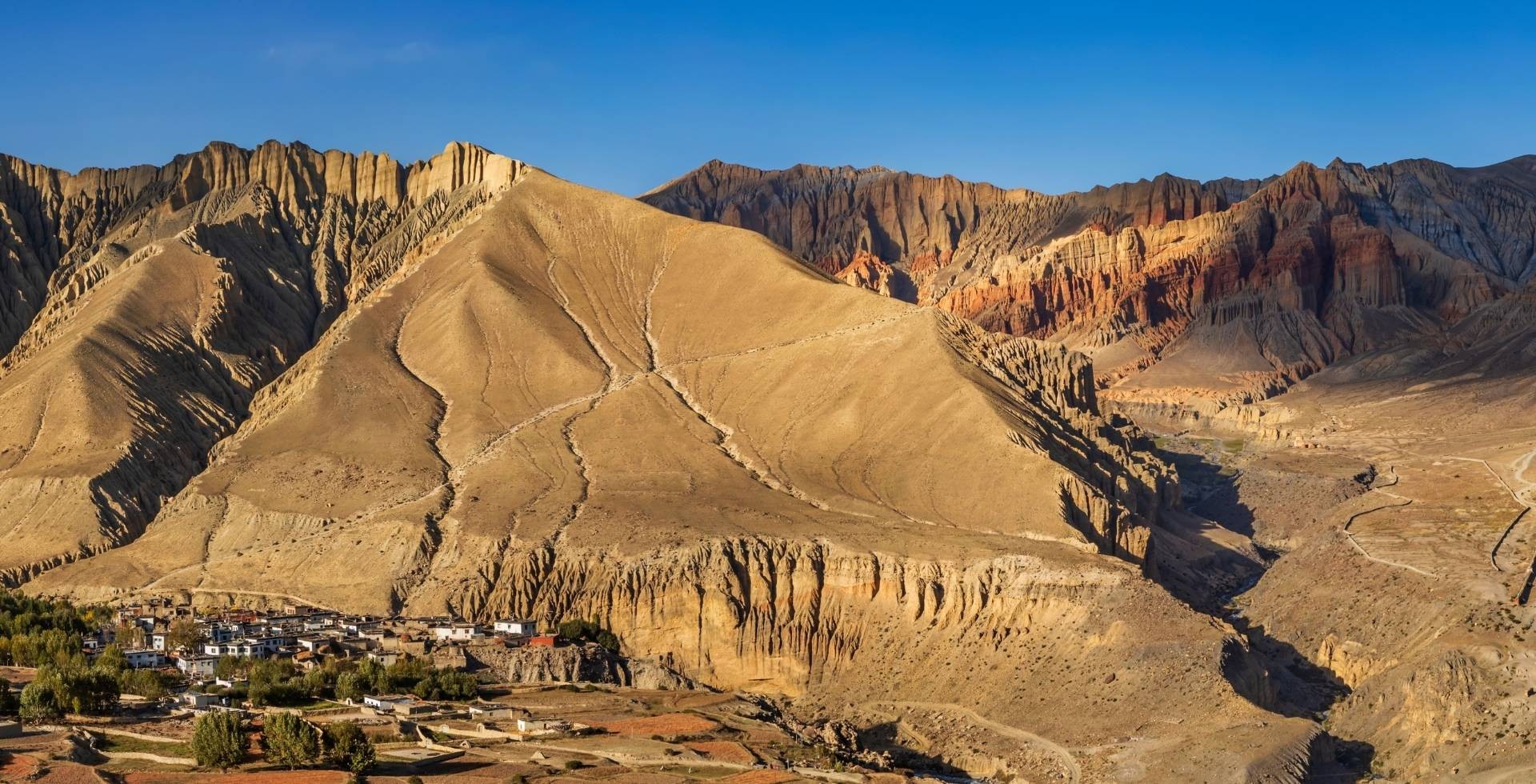

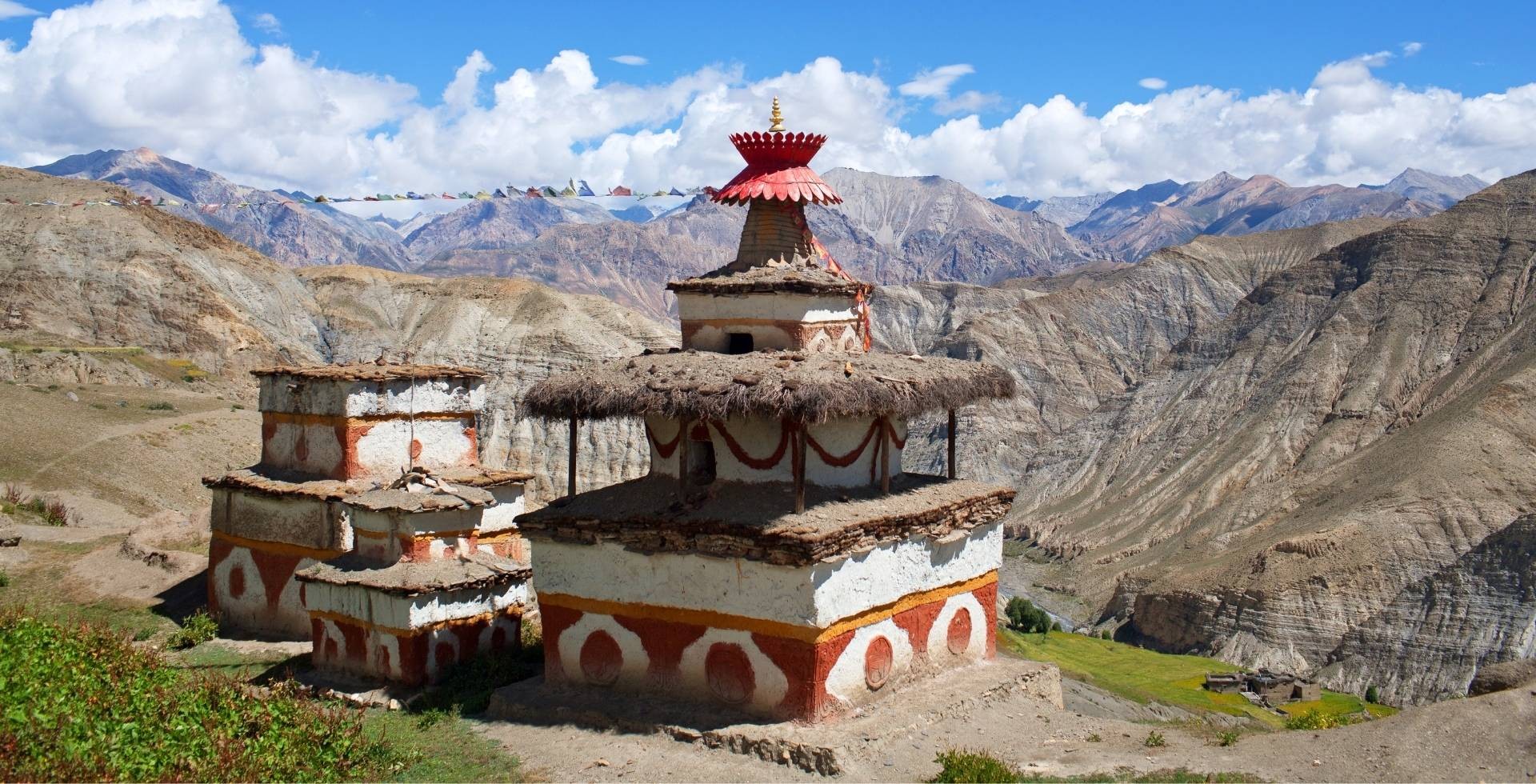
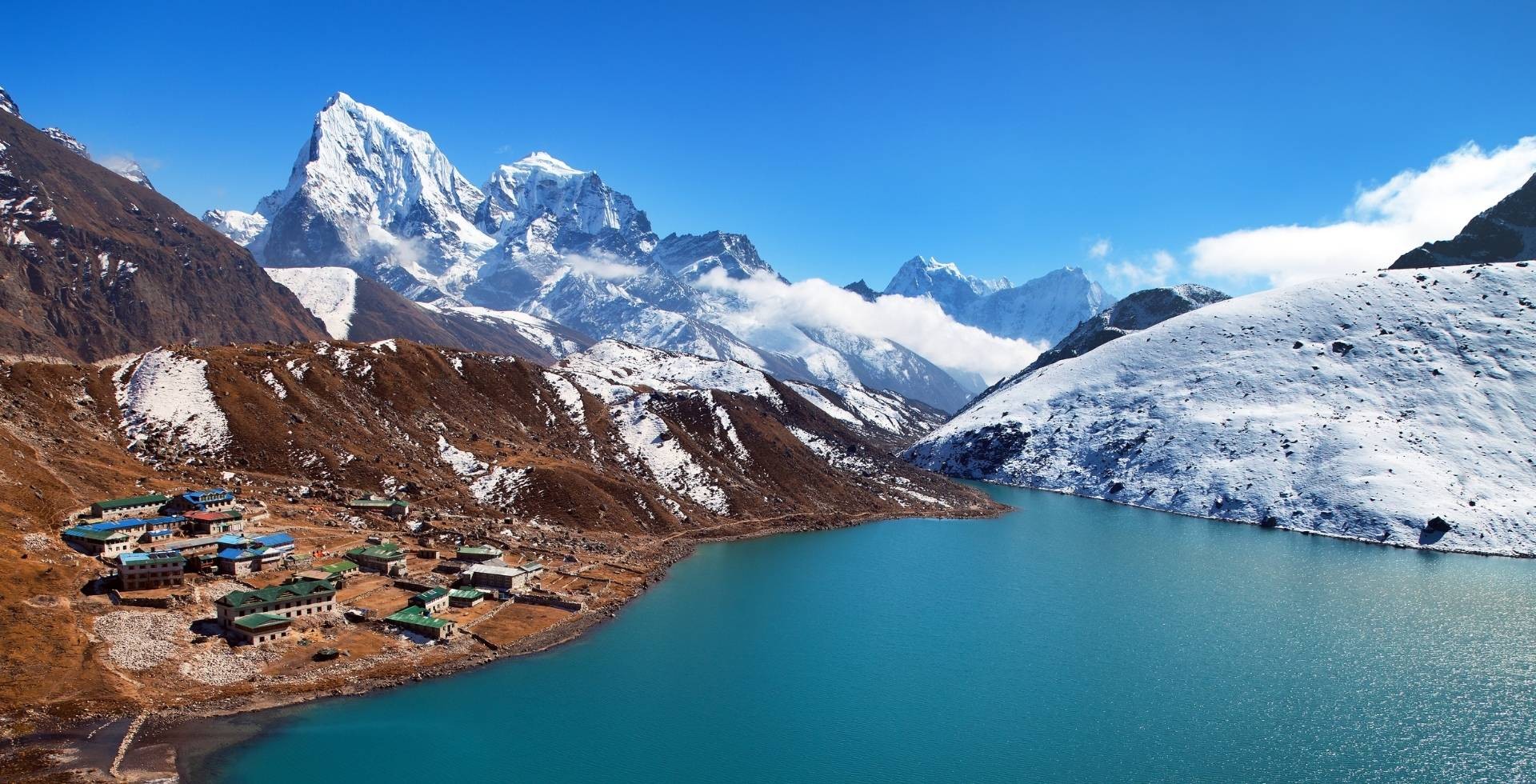

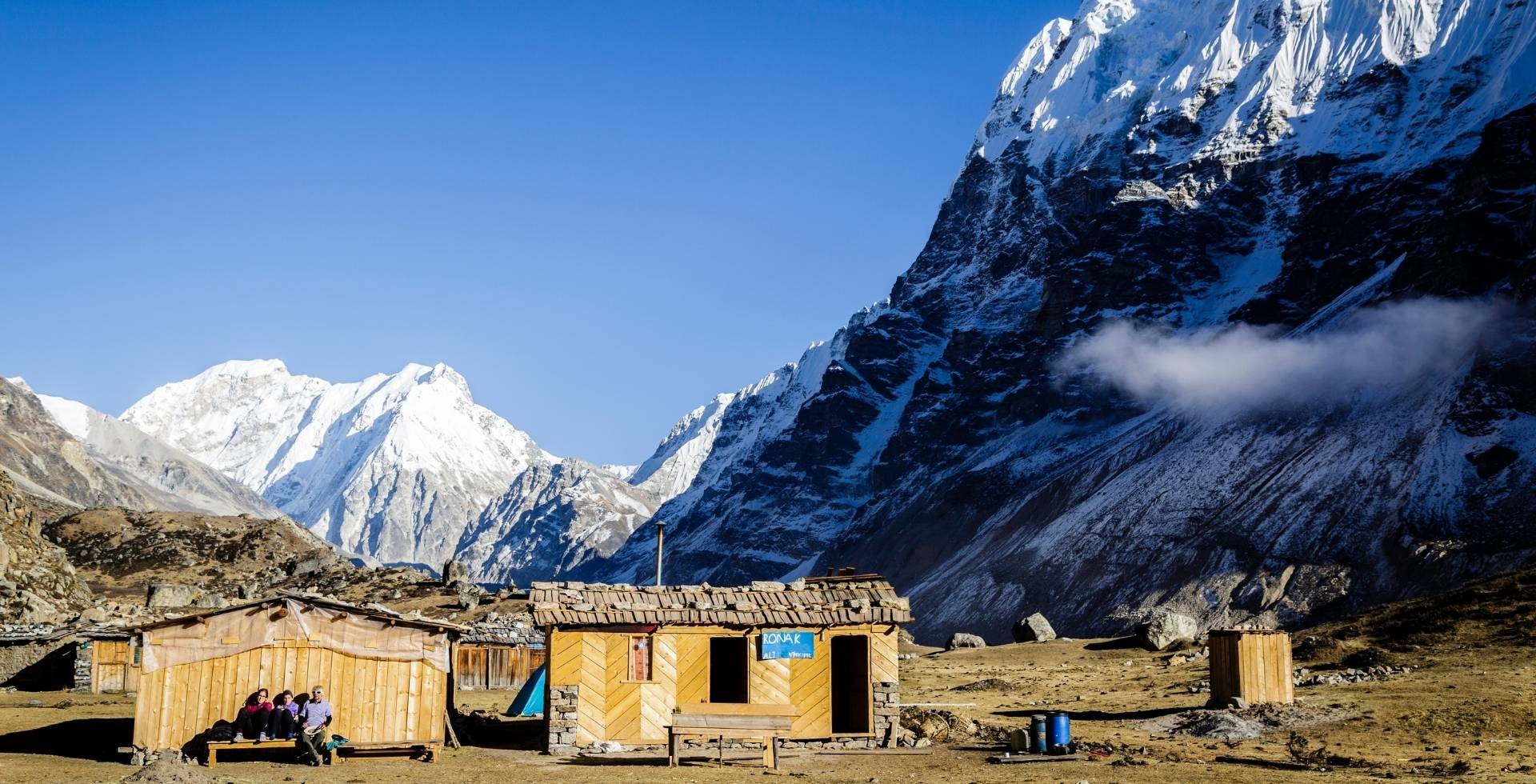
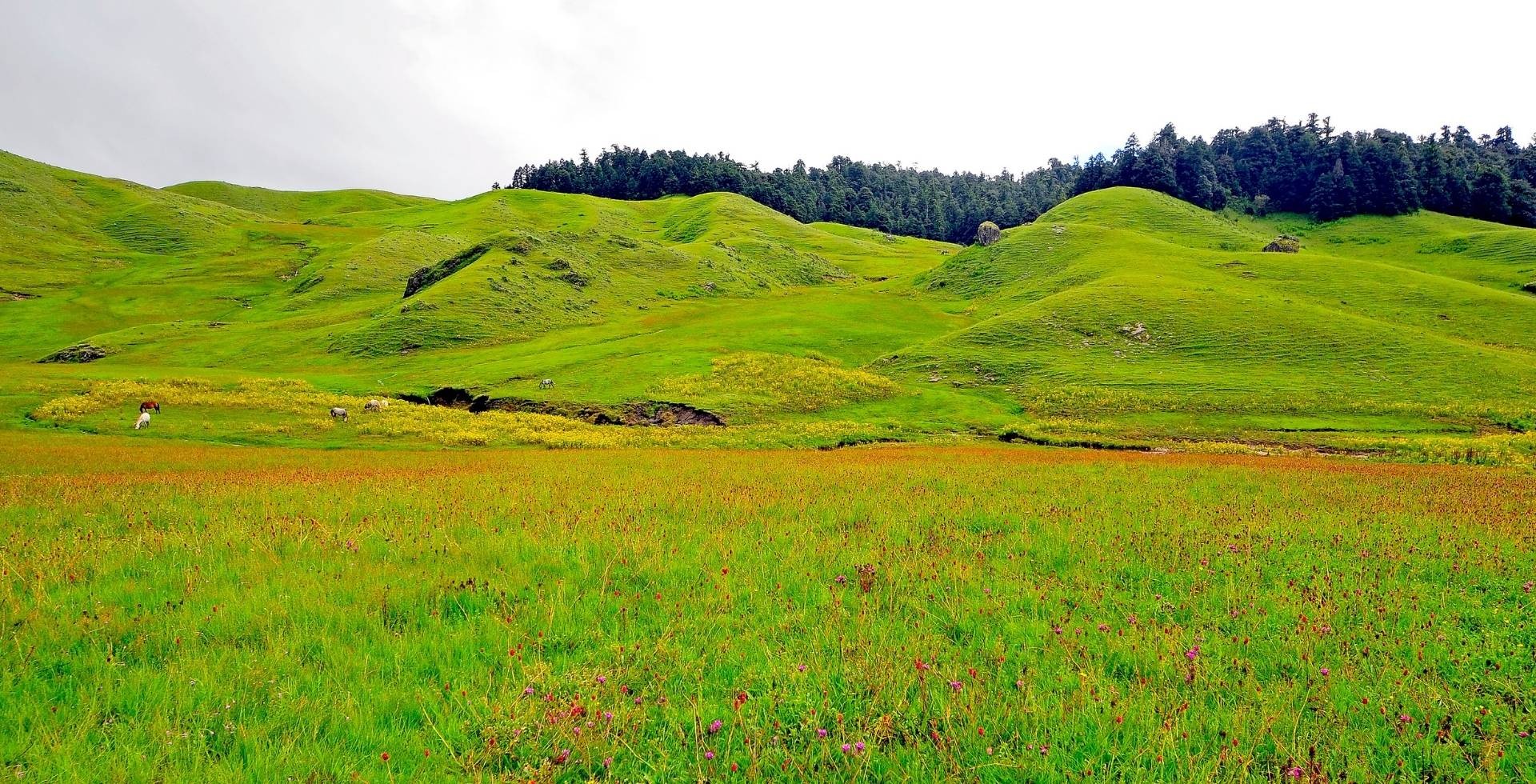
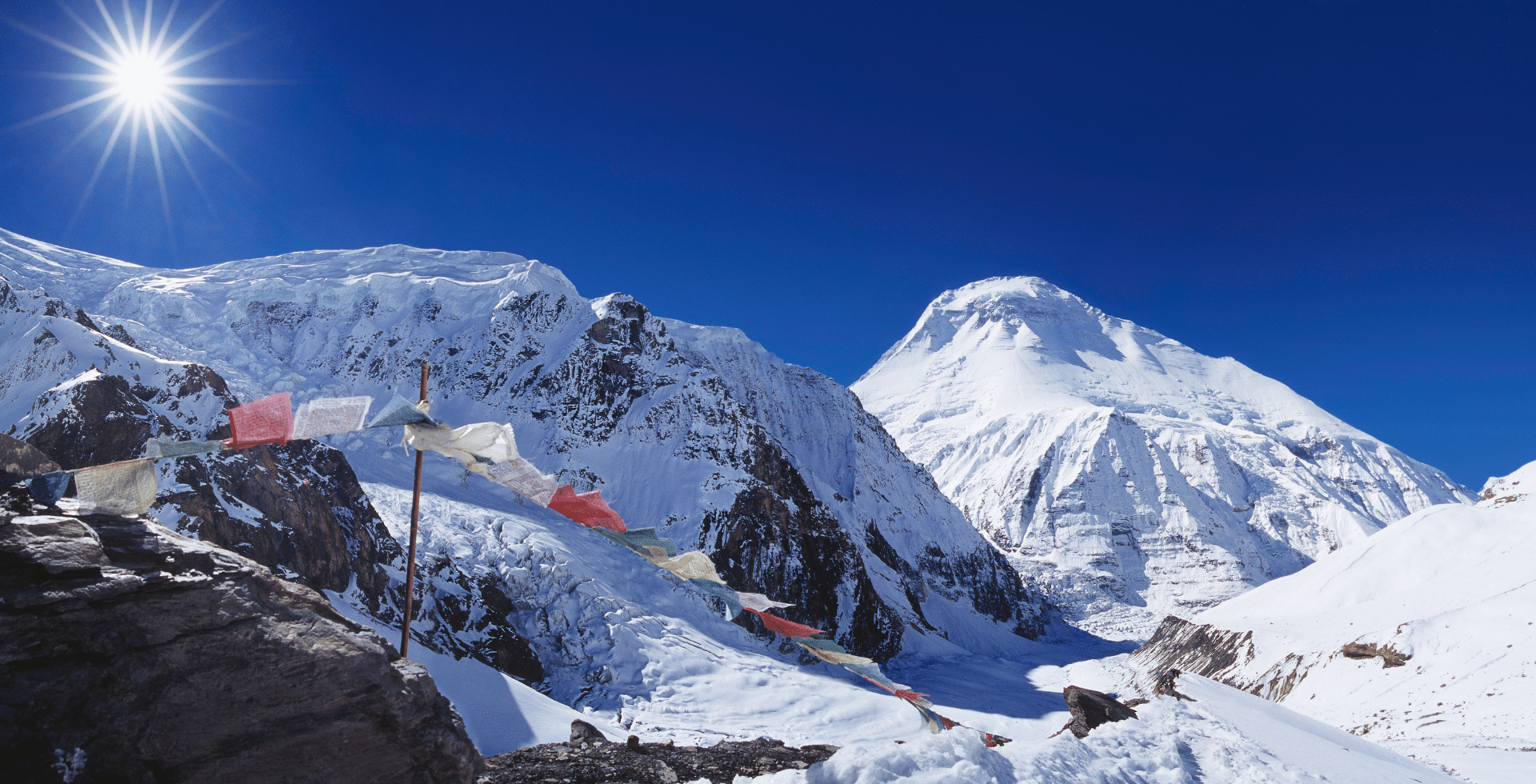

 Altitude Himalaya
Altitude Himalaya